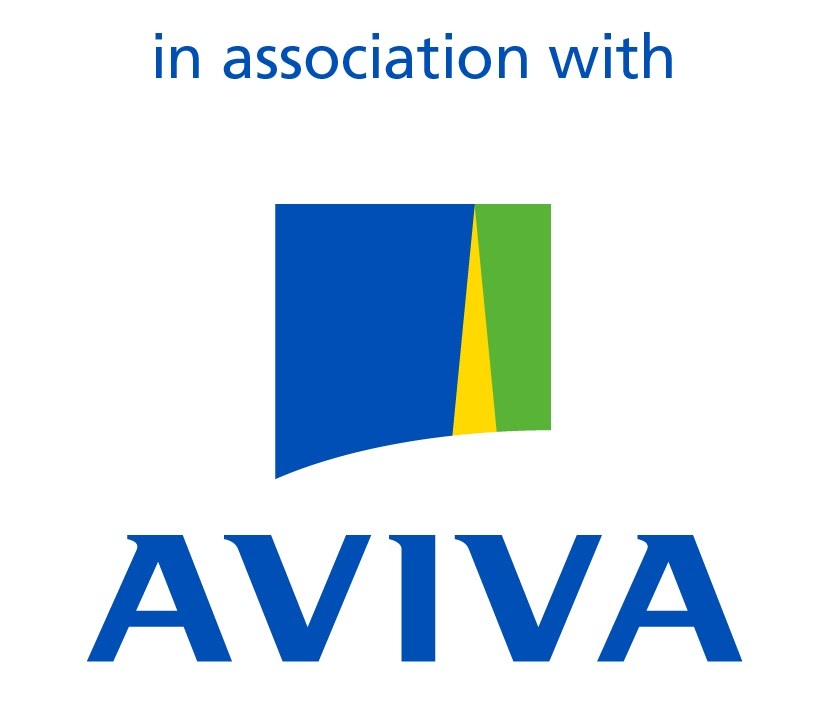Accident Investigation Lessons
The full course includes
- Who Wants to Know About Accidents and Incidents?
- What can make an accident investigation ineffective?
- First Things First
- Obtaining Statements
- Understanding the Causes of Accidents & Incidents
- Corrective Actions – Getting them Right
- Refresher Lesson - Apply Your Learning
Follow the interactions on each screen or click the arrows to navigate between lesson slides.
Course author
Aviva

Aviva is one of the largest UK insurance brands and a leading savings and retirement business with more than 320 years of heritage. Aviva Risk Management Solutions helps you to look at risks that arise in your place of work and put into action customised measures to control them.
Course overview
Learning from accidents is an essential part of a successful Health and Safety Management system. This course aims to help learners be more effective in their investigations and derive meaningful actions that will prevent future accidents. Aviva is one of the largest UK insurance brands and a leading savings and retirement business with more than 320 years of heritage. Aviva Risk Management Solutions helps you to look at risks that arise in your place of work and put into action customised measures to control them.
The full course includes
- Who Wants to Know About Accidents and Incidents?
- What can make an accident investigation ineffective?
- First Things First
- Obtaining Statements
- Understanding the Causes of Accidents & Incidents
- Corrective Actions – Getting them Right
- Refresher Lesson - Apply Your Learning
Course Rating
ه
Excellent question and course material
very good way for training
Very informative
